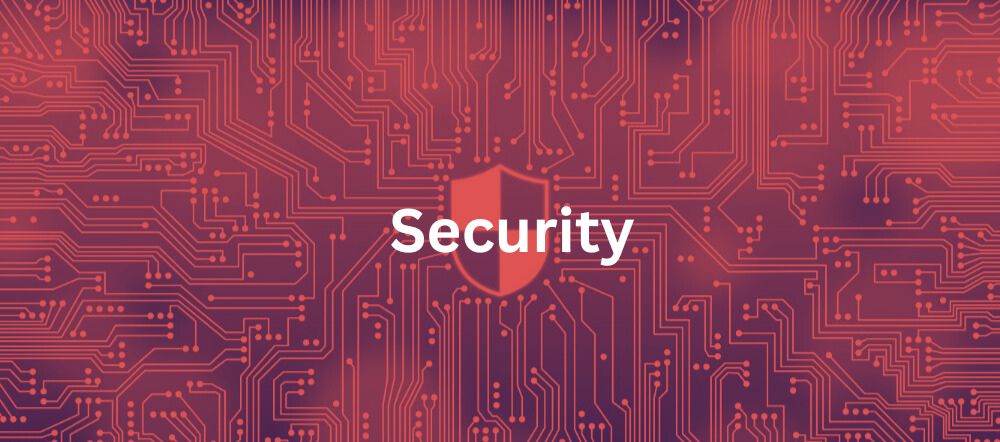As cloud adoption becomes foundational to enterprise operations, securing cloud environments is no longer optional. Effective cloud security is not defined by isolated controls, but by a cohesive architecture that integrates governance, operational integrity, and regulatory alignment.
🔐 Strategic Pillars of Cloud Security
Cloud security is structured across three key focus areas for enterprise alignment: Architecture, Operations, and Governance.
🏗️ 1. Architecture Focus
Purpose: Foundational design principles that secure cloud infrastructure and workloads.
| Pillar | Strategic Focus | Enterprise Impact |
|---|---|---|
| Identity & Access Management (IAM) | Enforce least privilege, role-based access, and multi-factor authentication. | Minimizes insider threats and lateral movement. |
| Data Protection | Encrypt data at rest and in transit; manage keys securely. | Protects sensitive assets and supports regulatory mandates. |
| Network Security & Segmentation | Apply micro segmentation, firewall policies, and secure ingress/egress controls. | Limits attack surface and isolate critical workloads. |
| Endpoint & Workload Protection | Deploy agent-based controls, EDR, and runtime protection for VMs and containers. | Secures compute assets across hybrid environments. |
| DevSecOps Integration | Embed security into Continuous Integration and Continuous Delivery (CI/CD) pipelines, enforce code scanning and artifact validation, | Shifts security left and reduces deployment risk. |
⚙️ 2. Operational Focus
Purpose: Day-to-day controls, detection, and recovery mechanisms that sustain resilience.
| Pillar | Strategic Focus | Enterprise Impact |
|---|---|---|
| Threat Detection & Response | Integrate SIEM, automate playbooks, monitor anomalies. | Enables rapid containment and forensic clarity. |
| Security Operations Center (SOC) | Centralize monitoring, incident triage, and escalation workflows. | Enhances visibility, accelerates response, and supports SLA-driven reporting. |
| Backup Protection | Implement immutable backups, test recovery plans, enforce retention policies. | Ensures data recoverability and business continuity. |
| Vulnerability Management | Automate scanning, prioritize remediation, and track exposure metrics. | Reduces risk posture and supports continuous improvement. |
| Configuration Hygiene | Apply continuous posture management and drift detection. | Prevents misconfigurations and reduces exposure. |
🧭 3. Governance Focus
Purpose: Compliance, oversight, and stakeholder alignment across cloud environments.
| Pillar | Strategic Focus | Enterprise Impact |
|---|---|---|
| Governance & Compliance | Use policy-as-code, maintain audit trails, map to frameworks (e.g., ISO 27001, NIST). | Strengthens audit readiness and stakeholder confidence. |
| Third-Party Risk Management | Assess vendor posture, enforce access boundaries, monitor integrations. | Protects against supply chain compromise and data leakage. |
📊 Operational Insights
Enterprise teams consistently surface the following insights during retrospectives and incident reviews:
- Embed security early: Retrofitting controls post-deployment introduces fragility and cost.
- Simplify where possible: Operational complexity increases the risk of misconfigurations and blind spots.
- Align with stakeholders: Security narratives must be measurable, relevant, and clearly communicated across technical and business domains.
🚀 Security as a Strategic Enabler
When designed with clarity and purpose, cloud security becomes more than a safeguard. It becomes a catalyst for innovation, compliance, and operational excellence. The objective is not merely to be secure, but to ensure that security supports the enterprise mission, regulatory obligations, and stakeholder trust.
